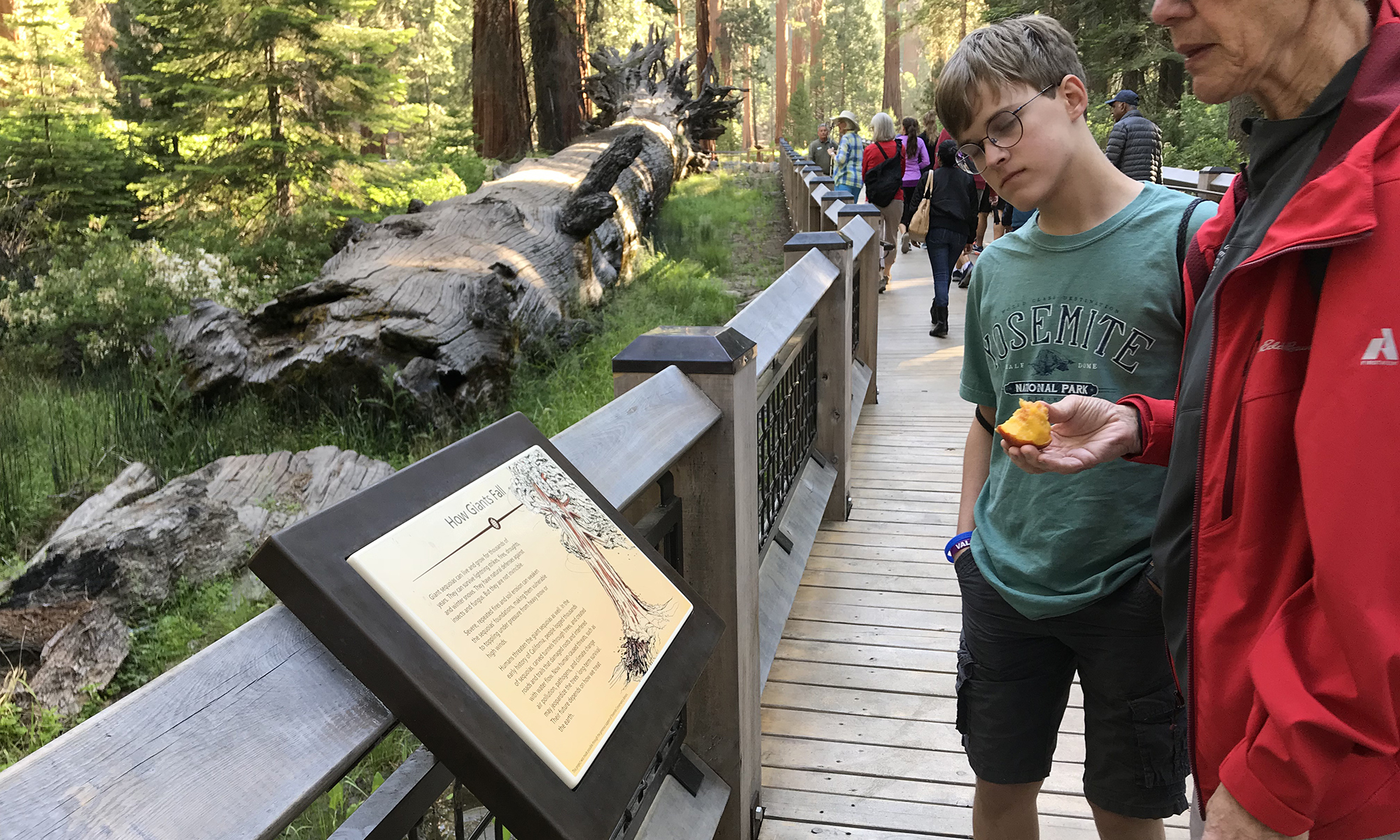History is alive and present — and reverberating — through the Piedra Lumbre region of Northern New Mexico.
Pass that invisible demarcation line that is somewhere between Bode’s General Store in Abiquiu and the western limit of the Rio Chama’s red rock canyon and you come out into the open wild state of mind and landscape of the Piedra Lumbre.

One place where the beauty, wildness and human history of the region comes together is Echo Amphitheate. Located 17 miles west of Abiquiu (4 miles past Ghost Ranch) in Carson National Forest, it is a natural amphitheater carved out of the southeastern edge of the Colorado Plateau over thousands of years by wind, water, and fluctuating temperatures.

Long a meeting spot for the various tribes that passed through the area and where Puebloan orators once practiced their skills, it also features in more recent history. In 1966 it’s the spot where a group of valientes briefly reclaimed lands of the San Joaquin de Rio Chama Grant from the federal government.
It’s a relatively easy walk from the parking area into the bowl of the amphitheater. The path is paved and steps take you the last bit where you are nearly under the edge of the cliff.
Deep inside the bowl swallows surf the air and even a whisper whispers back. It’s well worth the stop — if you’re ever in the back of the beyond that is the Piedra Lumbre.
LINKS:Echo Amphitheater, Carson National Forest, between Abiquiu and Tierra Amarillo, NM
Valley of Shining Stone: the story of Abiquiu, by Lesley Poling-Kempes (public library)




